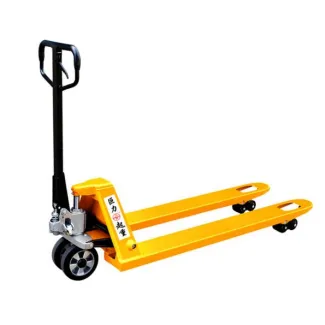


Fall Protection Tools Essential Safety Equipment for Worksites
In construction and maintenance work, safety is paramount, especially when working at heights. Falls are one of the leading causes of serious injuries and fatalities in the workplace. To mitigate these risks, a variety of fall protection tools are available, ensuring that workers can perform their tasks safely and effectively. Understanding these tools and their proper use is essential for any organization that prioritizes workplace safety.
Understanding Fall Protection
Fall protection encompasses various strategies, systems, and equipment designed to prevent workers from falling or to mitigate the risks associated with falls. The right fall protection tool depends largely on the nature of the work being performed and the environment in which it takes place. Regulations by organizations like the Occupational Safety and Health Administration (OSHA) require that any work involving heights greater than six feet must be conducted under a fall protection plan.
Common Fall Protection Tools
1. Personal Fall Arrest Systems (PFAS) A personal fall arrest system is crucial for any worker exposed to potential falls. A typical PFAS consists of a harness, anchorage, and a lanyard or lifeline. The harness secures the worker to the anchor point, distributing the force of the fall across the body to minimize injury. Using PFAS enables workers to move freely while remaining protected.
2. Guardrails Guardrails are physical barriers installed around elevated work surfaces to prevent falls. They are a primary fall protection method for scaffolds, roofs, and other elevated areas. According to OSHA standards, guardrails must be able to withstand a certain amount of force and should be built at specific heights to be effective.
3. Safety Nets Safety nets are another form of fall protection that can be particularly useful in construction sites with multiple levels. These nets are placed below the work area to catch workers or materials that may fall, thus preventing injuries. Proper installation and regular inspection of safety nets are vital to ensure their effectiveness.
4. Lanyards and Lifelines Lanyards are connecting devices that link a worker’s harness to an anchor point. They come in various forms, including shock-absorbing lanyards which are designed to reduce fall impact. Lifelines, on the other hand, provide a horizontal safety line that workers can connect to while moving on rooftops or scaffolds.

5. Scaffold Systems Scaffold systems, while primarily used to elevate workers and materials, also incorporate fall protection features. Properly constructed scaffolds must include guardrails and toe boards to protect against falls. The use of platforms can also reduce the risk of slips and trips.
6. Anchorage Points An anchorage point is a secure point of attachment for fall protection equipment. It must be able to support 5,000 pounds of force for each user attached to it. Proper identification and inspection of anchorage points are crucial for ensuring safety when working at heights.
Training and Compliance
The effectiveness of fall protection tools significantly relies on proper training and compliance with safety standards. Employers are responsible for providing comprehensive training sessions for workers to understand how to use fall protection systems correctly. Workers should receive information on recognizing fall hazards, the proper use of fall protection equipment, and emergency procedures should an incident occur.
In addition to training, regular inspections and maintenance of fall protection tools are necessary to ensure their reliability. Devices like harnesses and lanyards can wear out over time, and it’s the responsibility of employers to monitor the condition of this equipment.
Conclusion
Investing in fall protection tools and prioritizing worker safety is not just a legal obligation; it’s an ethical responsibility. By utilizing the appropriate equipment, conducting thorough training, and adhering to safety regulations, employers can significantly reduce the risk of falls on the job. A safe work environment not only protects employees but also enhances productivity and morale, creating a more efficient and motivated workforce.
As we progress in various industries, it’s crucial to recognize that safety should always come first. By embracing fall protection tools and best practices, we can work together to create safer work environments for everyone.



